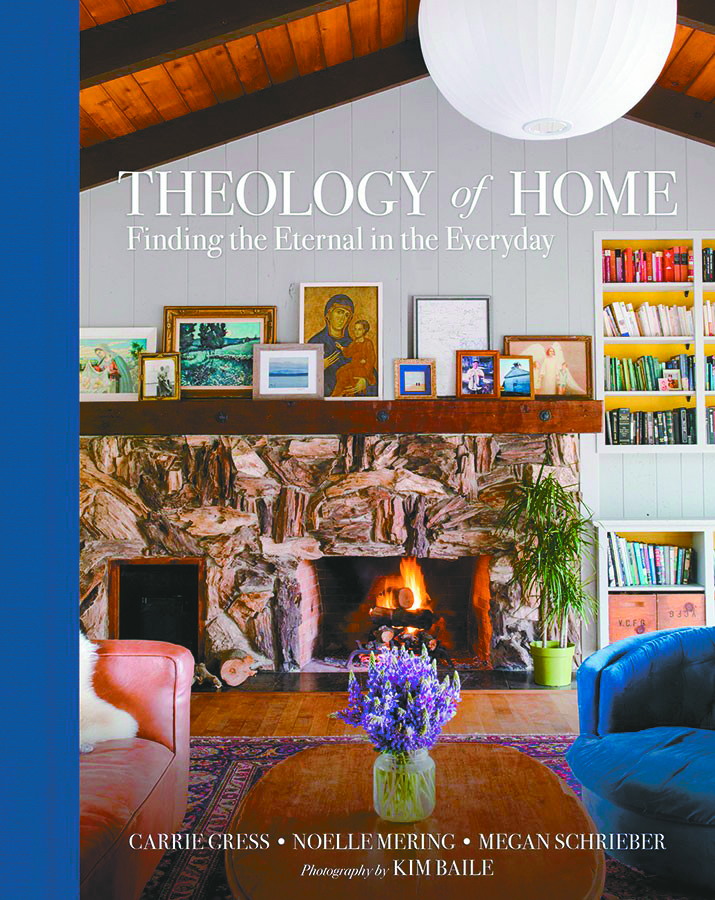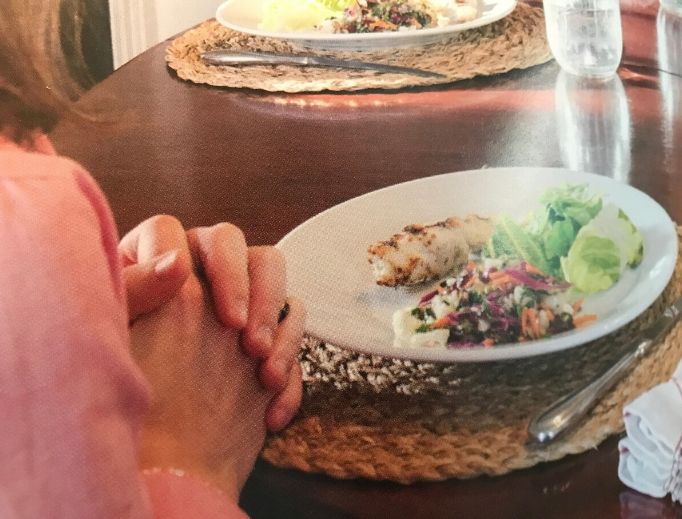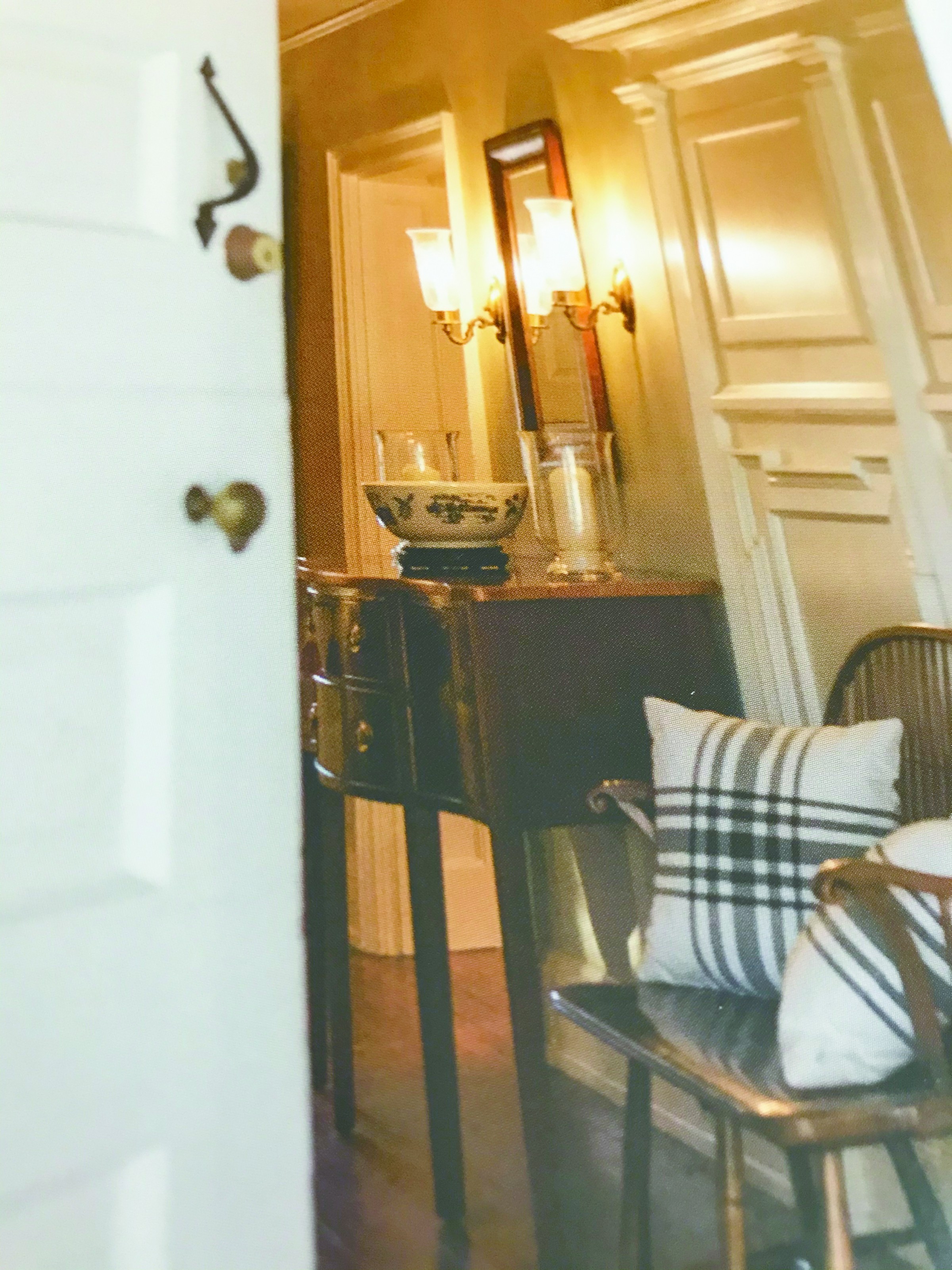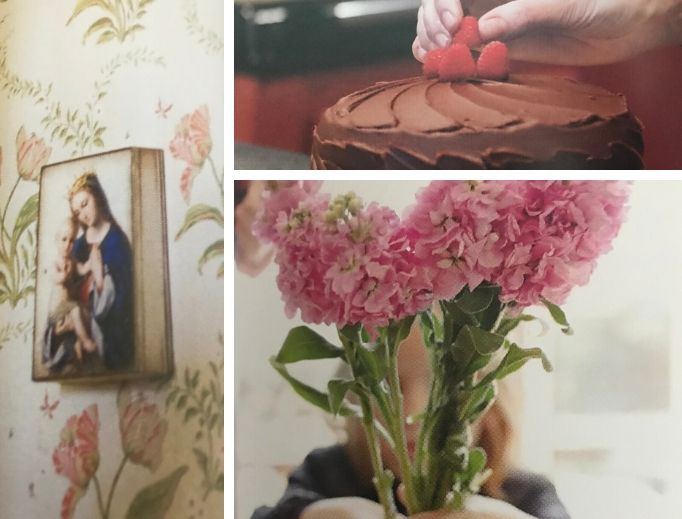Becoming Home: The Beauty of Living in — and Cultivating the Heart of — Your Abode
BOOK PICK: Theology of Home highlights the roots of a happy home: family, faith and love.

THEOLOGY OF HOME
Finding the Eternal in the Everyday
By Carrie Gress, Noelle Mering & Megan Schrieber
TAN Books, 2019
235 pages, $34.95
To order: ewtnrc.com or (800) 854-6316
I have what you might call a “complicated relationship” with my house.
When my husband and I bought it, in November 2016, just a few months after our wedding, we knew it needed work. Built in 1890 as a summer home, then later converted to a duplex, it had suffered from decades of neglect. It clearly needed some love. We just didn’t realize how much love until we started knocking down walls. We also didn’t realize how expensive “love” could be. (Don’t ever believe the numbers you hear on HGTV.)
It took a solid year to make our house livable. It then took another year to wrap up dozens of loose ends left by our revolving crew of contractors. Along the way, new wrinkles appeared on my face, new grays showed up in my hair, and years of prudent savings went out the window. Even worse, a couple of precious friendships were lost. When people say don’t do business with friends, listen to them.
By the time our house was complete (or as close to complete as we could manage), it looked beautiful. But when I looked at it, I didn’t see beautiful. I only saw stress. And debt. And loss.
Because of that, for most of the time we’ve lived in this house, I haven’t loved it; I’ve resented it. And I certainly haven’t thought of it as home. Home was the house we’d sold to buy our money pit — the place where I lived and loved and worked for 12 years as a single woman. That was home. The place where I live now was just a house.
Somewhere over the past year, though, the resentment started to lift. Between welcoming our first baby and watching him grow, to opening our door to new friends and spending long nights with them, lingering over wine in our kitchen, this old house has become less of an albatross and more of a blessing. And over the past many weeks, with COVID-19 strictures in place, it’s become more than that; it’s become our world, our shelter and an abiding place of grace. It is, finally, becoming home.

A Theology of Home
This slow, steady transformation from house to home led me to pick up once more a book that arrived in my mailbox last fall from TAN: Theology of Home: Finding the Eternal in the Everyday.
Co-written by Carrie Gress, Noelle Mering and Megan Schrieber (and featuring the gorgeous photography of Kim Baile), Theology of Home offers a sustained meditation on the intangibles that make a home: light, nourishment, safety, order, comfort and hospitality. It also reflects on the essential spiritual work that takes place inside every healthy home — welcoming life, remembering the past and building a future.
The writing is beautiful and the insights profound. Although the images that fill the book’s pages are as lovely and ordered as anything you’ll find on Pinterest or in Better Homes and Gardens, the topics the book explores go well beyond what any home magazine or television show offers — which is, in part, the point of the book: to show that beauty and order and visual peace aren’t simply ends in themselves. They’re meant to draw us in and point us toward a deeper experience of beauty and order. They’re meant to point us to God.
The authors write, “[T]he strong desire we all have for home … is part of the spiritual sleight of hand, where God has placed within our hearts the desire for a perfect home — the perfect home: heaven.”
In a culture filled with people who, like me, have complicated relationships with their homes, this reminder is much needed.
For those who resent their houses for the work they’ve demanded of us or the money they’ve extracted from us, Theology of Home helps us to see what we’ve gotten in return: a safe space to welcome others, build a future and live the most important moments of our lives.
For those who’ve confused their home’s worth with its size or monetary value, Theology of Home helps us remember that a house’s true value is in the love that’s given and received within its walls.
And for those feeling like they can’t keep up with the picture-perfect homes of Instagram’s design bloggers and HGTV’s superstars, Theology of Home shows us that the basics of a beautiful home — good light, less clutter, decent food and a couple vases of flowers — can be had on any budget.
Most important, Theology of Home speaks to what I’ve been discovering during these long weeks of quarantine: Home isn’t something you buy. It’s something you build, slowly, over time, not simply by sheltering in place, but by living deeply in place, one dinner at a time, one baby at a time, one kiss at a time, one prayer at a time.



Thin Places
Years ago, before I bought my first house, I flew to England to visit a dear friend. While there, we traveled to Wales to spend a long weekend on her family’s farm near Cardiff. They lived in a 400-year-old cottage, straight out of a storybook, that was nestled into the greenest hillside I’d ever seen.
Her father was a former Protestant pastor and a gentle, wise, prayerful man. One night, he and I sat up late talking about the palpable peace that surrounded their little farm. It was, he told me, a “thin place” — a place where so many centuries of prayer had worn down the veil between heaven and earth until they were almost touching. Grace felt more present there, and prayers seemed to travel more quickly to God’s ear.
In that moment, I resolved to try to make every home in which I lived a thin place. Single or married, children or no children, I wanted every house of mine to be a place where people felt closer to grace and closer to God. That’s the vision of home that Gress, Mering and Schrieber put forth in Theology of Home, one where, as they explain, “Our efforts are not for the structure and things themselves; they are for the people and enduring connections established in this place.”
That’s the vision that, at my old house, I felt like I’d achieved. At my present house, however, I felt like I was failing. It didn’t feel like a thin place. It felt like a cursed place.
But what I didn’t see was that all the tears and stress and struggles that defined our first years in this house were slowly but surely helping wear down that veil between heaven and earth. They were part of the process, necessary in this particular place, for turning a house into a home.
And it is a process. Homes aren’t built overnight. Not literally. Not figuratively. Like the pursuit of our heavenly home, it tends to proceed in fits and starts. But when we understand what home really is, when we have a true “theology of home,” it makes that journey just a little bit easier. And hopefully, a little bit swifter.
Emily Stimpson Chapman writes from Pittsburgh.
- Keywords:
- book picks
- catholic families
- domestic church
- emily stimpson chapman
- home life
- theology of home

















